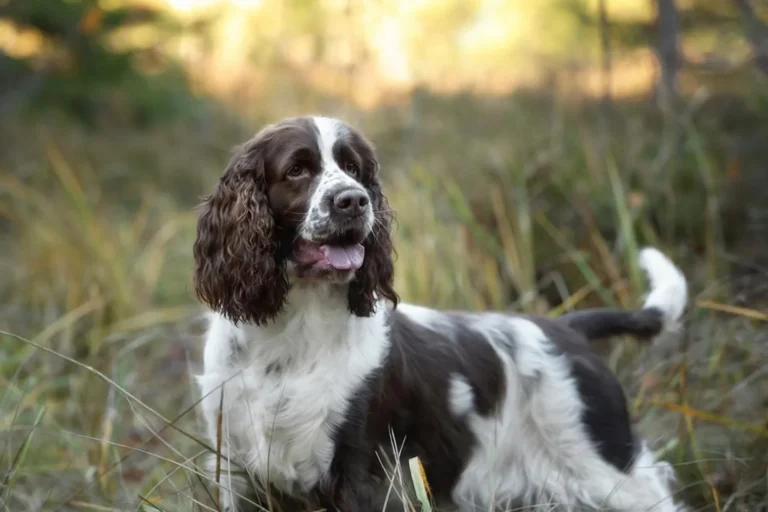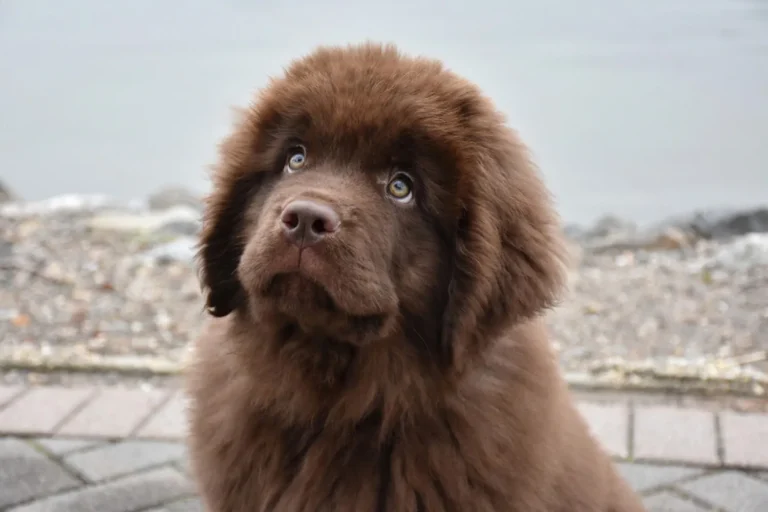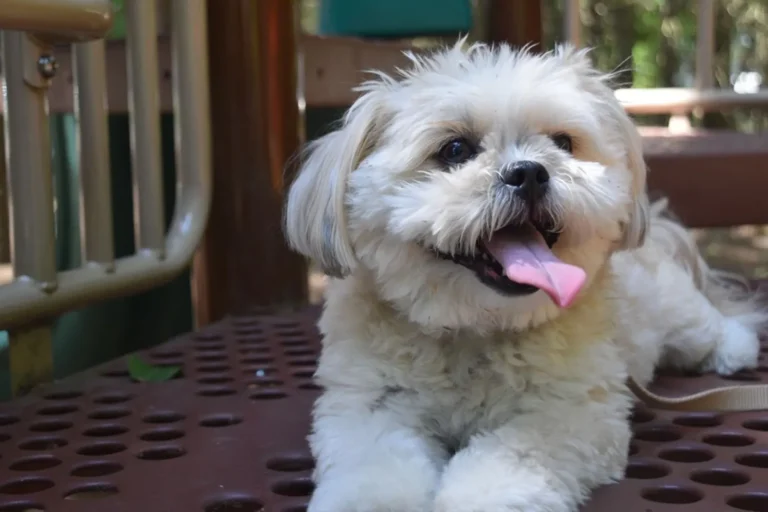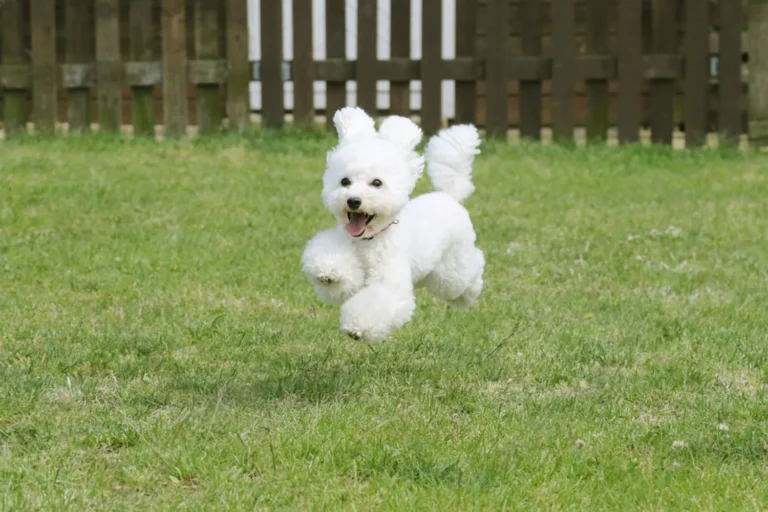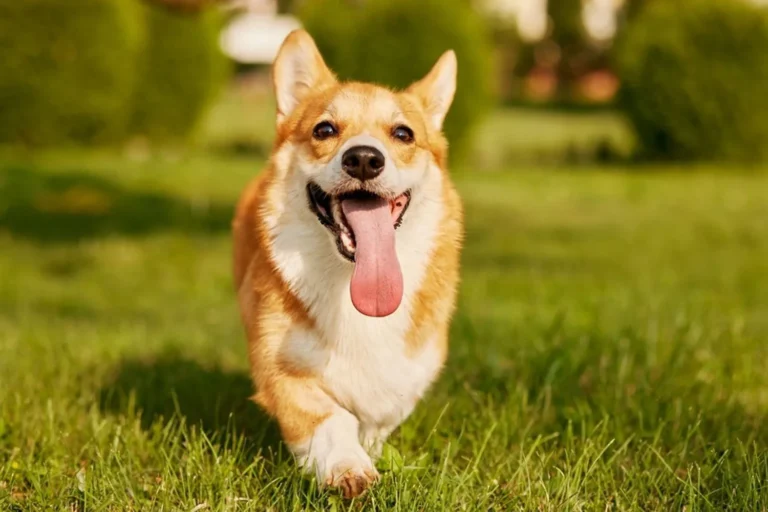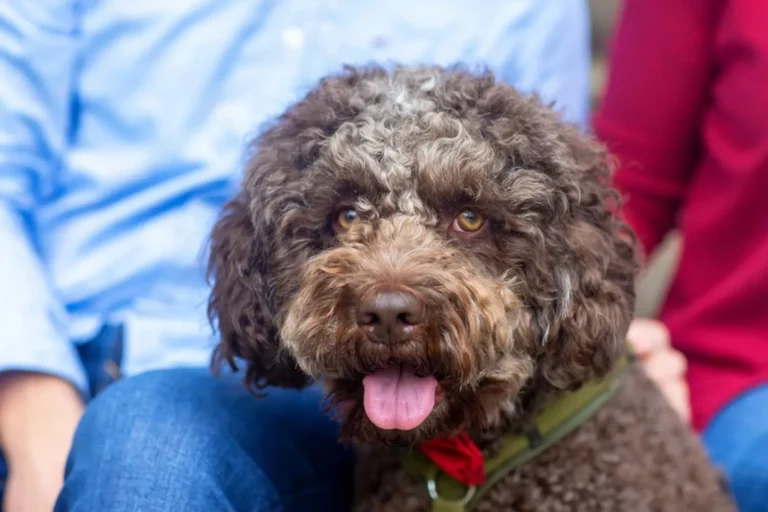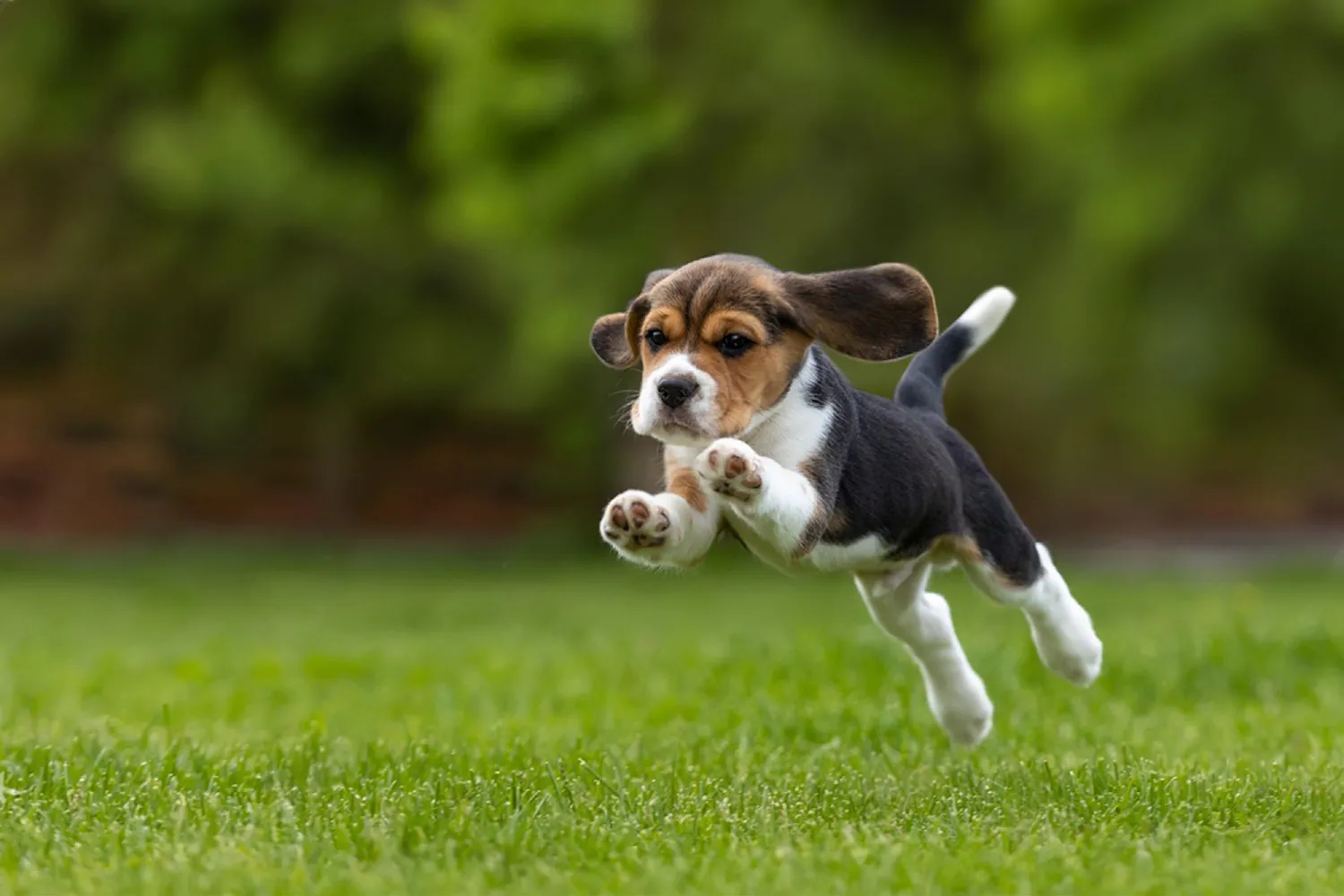
The Beagle is popular for a reason: they’re the ultimate cheerful companions. Friendly and bright, they’re happiest with people and love making new canine friends, too. I used to dog sit a neighbor’s Beagle named Daisy, and every walk turned into a social event. She’d greet the mail carrier like an old pal, then trot off to the park and charm every dog in sight. Beagles have that sunny, tail wagging vibe that makes them easy to love and easy to live with.
A little advice from the trenches: lean into their superpower the nose. Beagles are scent hounds, so let them sniff on walks, use puzzle feeders, and try simple scent games at home. They’re clever and food motivated, which makes training fun, but keep sessions short and upbeat. Recall can be tricky if a scent catches their attention, so a secure leash or fenced yard is your friend. They thrive on company and don’t love long alone time; a rotating stash of chew toys and a cozy spot by your feet can work wonders. And if you hear that famous Beagle “bay,” don’t worry sometimes they just have big feelings about a squirrel.
History and Origins of the Beagle
The Beagle’s backstory is part fact, part folklore, and a whole lot of nose. We don’t have a tidy family tree for them, but ancient Greek writings from around 400 BC describe small, eager scent hounds that sound awfully familiar. Every time I watch a Beagle drop their head and lock onto a smell, I feel like I’m looking at a very old habit in a very modern dog.
A huge turning point came in 1066, when William the Conqueror arrived in England with his Talbot Hounds now extinct, but widely believed to be the ancestors of the Foxhound, the Southern Hound (also extinct), and today’s Beagle. If you picture those early hunting scenes muddy boots, leather reins, the clatter of hooves you can almost see the compact hounds weaving through the bracken with their noses working overtime. I once saw an old print in a Sussex pub showing a hunt, and there were these small, sturdy hounds close to the riders’ heels. They had that unmistakable Beagle posture: tail up, nose down, businesslike.
Through the late medieval period, Beagles were in their element as hunting dogs. Their instincts were the star of the show. Tiny Glove Beagles were said to be popular under Edward II and Henry VII, and Elizabeth I kept Pocket Beagles as pets. I love imagining those little hounds perched on velvet laps at court, charming everyone with that bright, curious gaze. Even then, they would have had the cheerful voices Beagles are known for; I’ve heard that merry trill echo across a field, and it’s the happiest soundtrack you can imagine.
By the 18th century, fox hunting took off in England, and the bigger, speedier Foxhound became the favorite for that sport. The Beagle never disappeared, though far from it. Farmers in England, Wales, and Ireland kept them as reliable rabbit and hare hunters. A farmer I met in Wales once told me his “little pack” was worth more than a tractor when it came to keeping the hedgerows tidy of rabbits. He wasn’t kidding. Watching a Beagle work a scent line is like watching a master craftsman at the bench.
After the American Civil War, Beagles crossed the Atlantic in bigger numbers, imported for rabbit hunting. The breed found a second home in the United States, and by 1887 the National Beagle Club of America had been established. A neighbor’s grandfather in Virginia used to tell stories about his Beagle, Daisy, who could “sing” a mile long trail and never miss a turn. That steady, methodical style is pure Beagle.
And yes, they even made it to the White House. President Lyndon Johnson famously had two Beagles named Him and Her proof that this humble hunting dog has a knack for winning hearts at every level.
A quick tip from living with Beagles: their history isn’t just a fun story it’s your training plan. That ancient scent drive means a good fence, a solid recall, and plenty of nose work games are your best friends. I like to scatter treats in the yard or set up little scent trails in the house on rainy days. A Beagle’s happiest when their nose has a job, whether they’re in a palace, a pasture, or your living room.
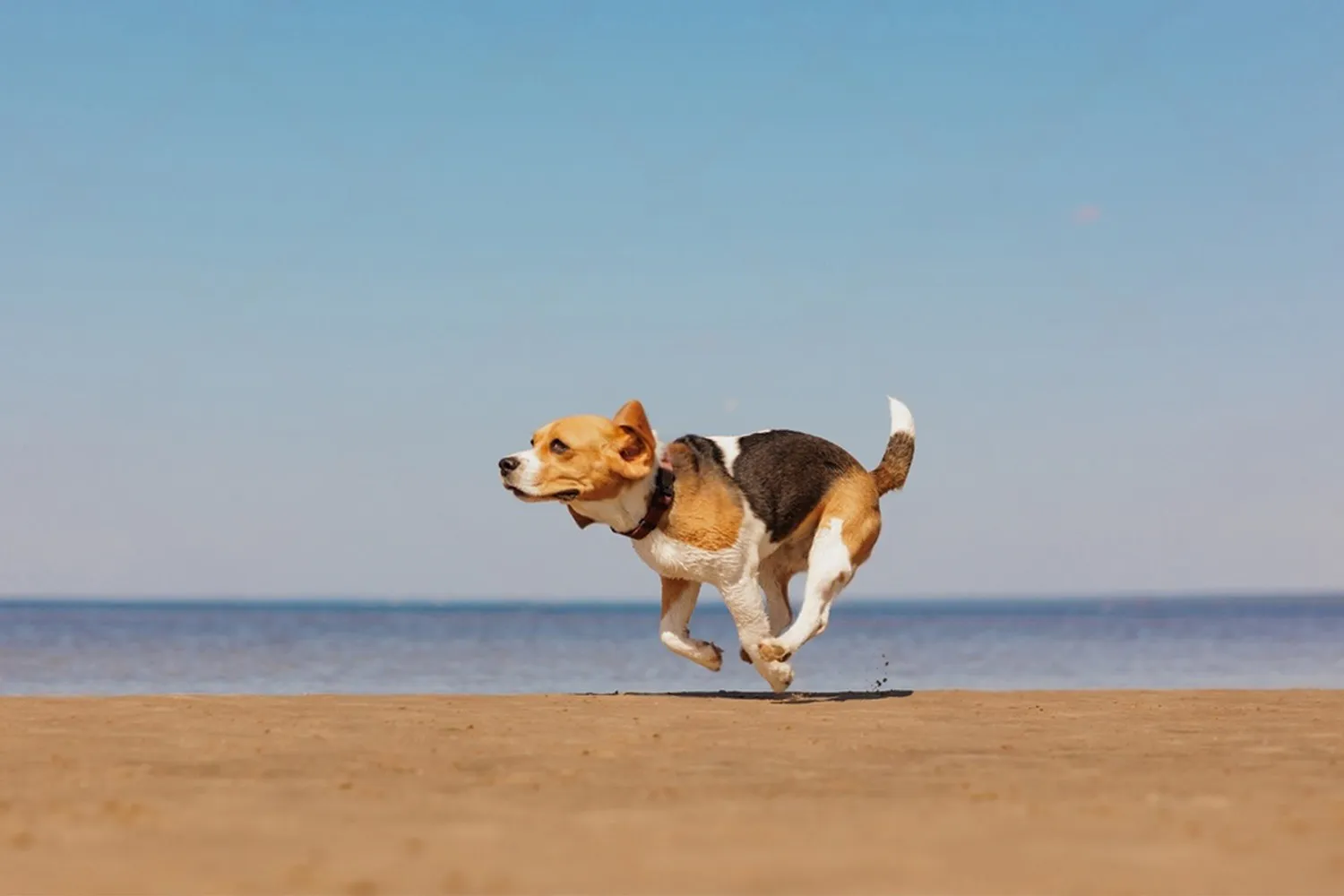
What Is the Beagle Breed?
Picture a merry, sturdy little hound with a tail that waves like a tiny flag and a nose that’s always on a mission that’s a Beagle. In the United States, the American Kennel Club recognizes two Beagle varieties by height. There’s the 13-inch variety, which tops out at 13 inches at the shoulder, and the 15-inch variety, which runs from 13 to 15 inches. For anyone measuring at home, height is taken at the withers (that ridge between the shoulder blades). I’ve crouched on the kitchen floor with a soft tape more times than I can count my neighbor’s “13-inch” Beagle still manages to counter surf if there’s a roast chicken within range.
Hop over to the UK or Australia and things look a little broader. There, Beagles are grouped together between 13 and 16 inches tall, rather than split into two sizes. A friend of mine moved from Sydney to London with her Beagle and had to re learn the local lingo for shows, but the dog, of course, didn’t change an inch. If you’re thinking about the show ring, double check your country’s standard. If you’re just picking a family companion, focus more on personality and energy than whether your Beagle is 13.5 or 14 inches both varieties can hike all morning and nap all afternoon.
Color adds another layer of fun. In America, there are 25 recognized color groupings, mixing classic shades like black, white, and tan with touches of blue, brown, and lemon. Canada keeps it simple: a Beagle can be any color. In the UK, there are 19 groupings and the Kennel Club is open to creating new categories when needed. Australia lists 11 groupings and doesn’t plan to add more. Day to day, you’ll see familiar combinations tri color, lemon and white, or rich brown with white and tan accents. I remember a pup whose black saddle softened into chocolate as he matured; coat colors can shift a bit as they grow, which is part of the charm. My tip: enjoy the pattern you’ve got, and if you’re showing, match the color description to your registry.
No matter the height bracket or color box, a Beagle is a Beagle cheerful, curious, and powered by that wonderful nose. Choose with your heart, check the standards if you need to, and keep a measuring tape on hand for curiosity’s sake. The dog won’t mind either way.
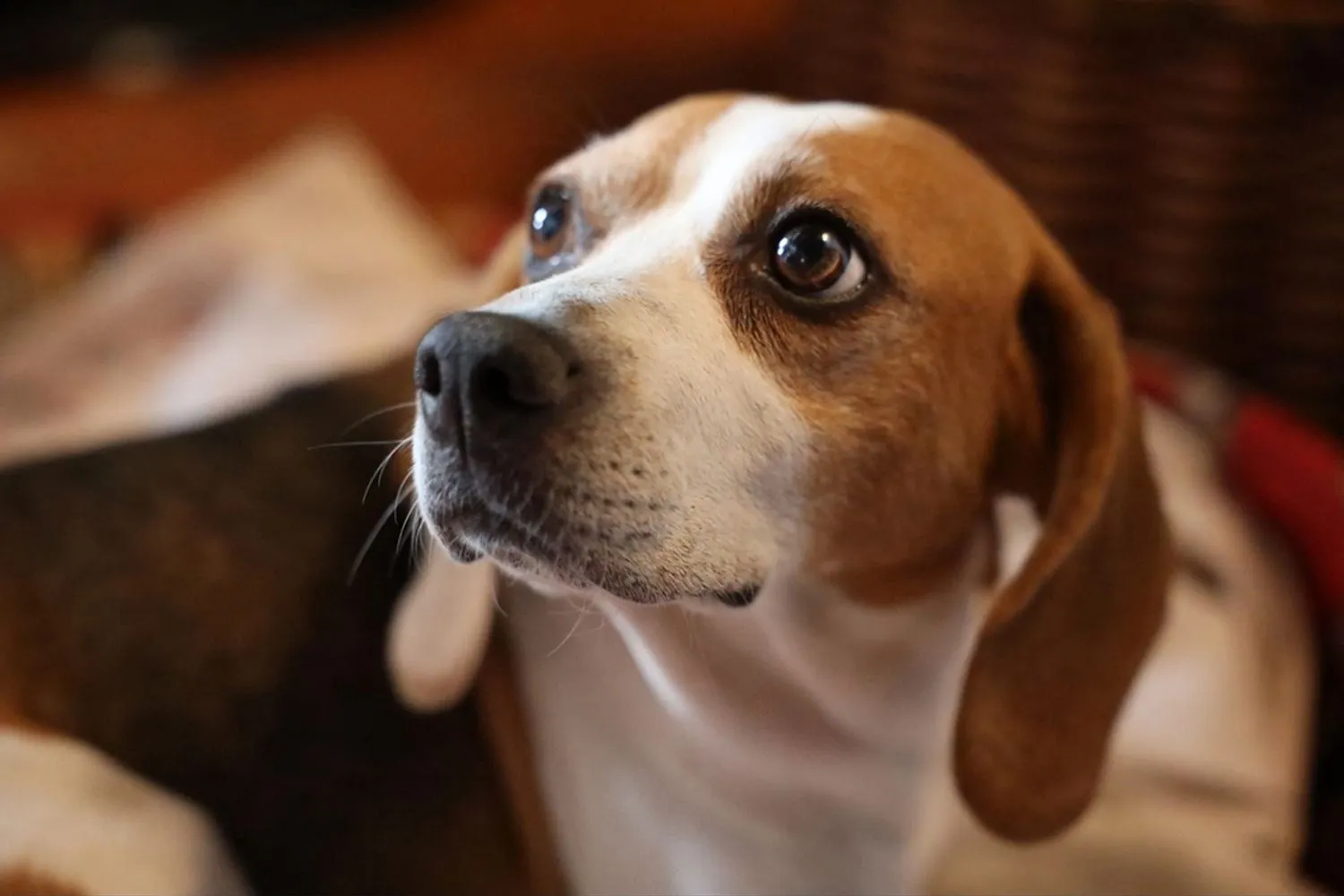
Who Is a Beagle Best For?
If your home is lively and you don’t mind a curious nose following you from room to room, a Beagle might be your perfect match. These dogs thrive in family settings. They’re sturdy, cheerful, and wonderfully patient with kids. I remember my neighbor’s Beagle, Daisy, flopping down beside a toddler who was building block towers ever so gently stealing a block and trotting off with her tail wagging. Of course, we still teach little ones to be gentle, but Beagles tend to meet youthful enthusiasm with kindness and a playful spirit.
They also fit beautifully in homes that already have pets. Beagles are pack minded, so they often enjoy the company of other dogs and can live with cats if introductions are slow and thoughtful. A friend’s Beagle settled in with two older dogs and a cat, and within a week they were napping in a sunbeam together. If you’ve got a multi pet household, a well socialized Beagle usually slides right into the rhythm.
A house with a garden is ideal. Beagles love to explore, and a safe, fenced yard lets them romp and sniff to their hearts’ content. One time I learned the “Beagle nose rule” the hard way mine caught a whiff of a squirrel trail and tried to Houdini under the fence. After that, we added secure latches and checked for gaps. With scent hounds, it pays to be one step ahead.
Beagles are best for people who want an engaged, playful companion. If you enjoy teaching tricks, dabbling in dog sports like agility or scent games, and heading out for daily walks or runs, they’ll be right there, ears flapping, ready to go. They’re loyal, people oriented, and happiest when included in your routine. Give them exercise, mental challenges, and plenty of affection, and a Beagle will repay you with endless fun and a tail that never seems to stop wagging.
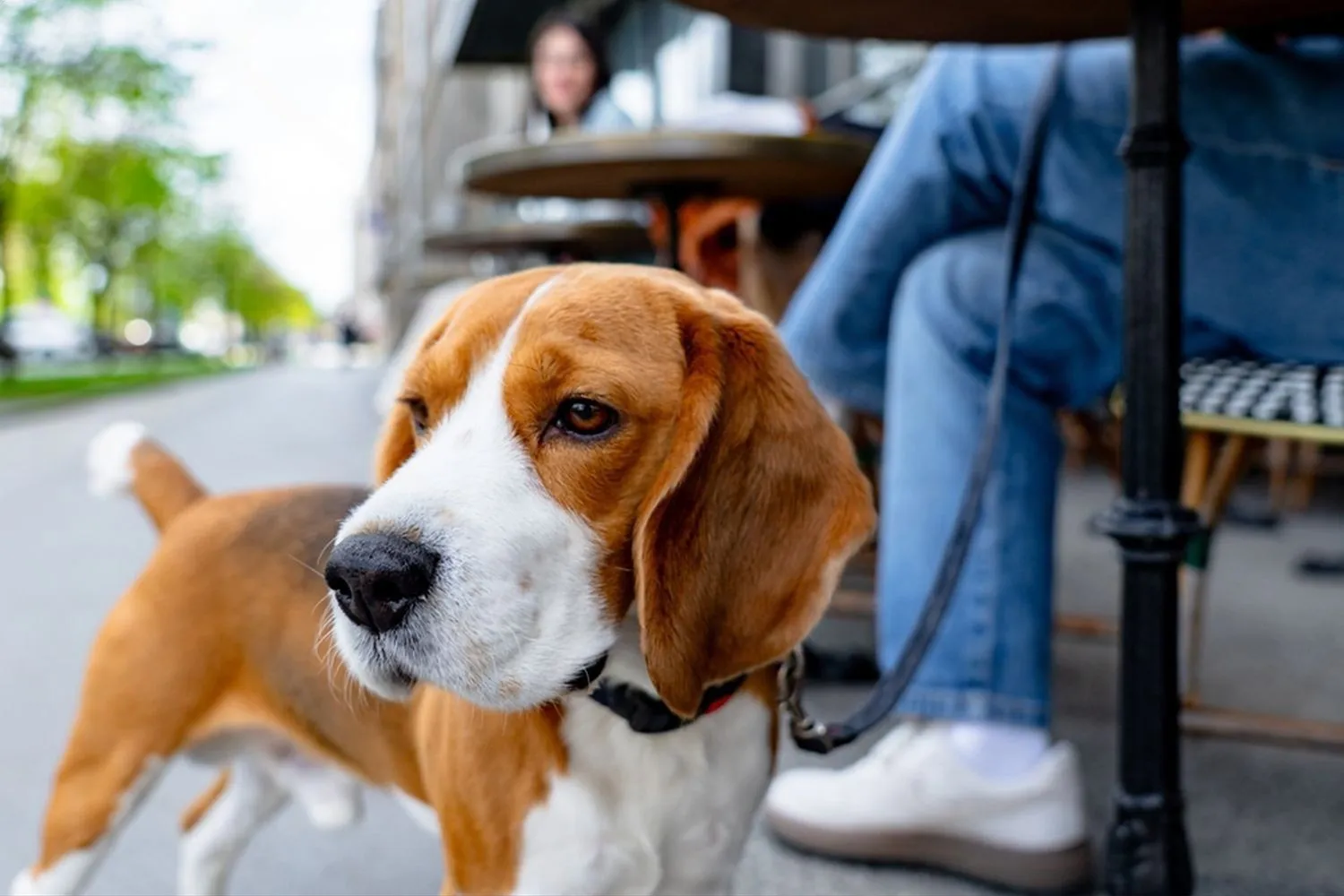
Beagle Grooming & Shedding
Beagles are pretty low maintenance, but they do shed, so a little routine goes a long way. Brush your Beagle at least once a week to lift out dead fur and keep that new, healthy coat coming in. A hound glove or rubber curry brush works beautifully on their dense double coat. During spring and fall, when the “fur confetti” really starts flying, I bump brushing to two or three times a week. I keep a glove by the door and do a quick five minute brush after evening walks it’s amazing how much hair you catch before it hits the couch. Their coat is smooth, soft, and naturally resistant to rain; half the water beads off with a good shake.
Baths are easy: in general, Beagles are clean dogs and only need a wash every 4-6 weeks (unless they find a mud puddle or something…unmentionable). Use a gentle dog shampoo so you don’t strip those protective oils, then towel dry an old towel by the back door is my secret weapon. While you’re at it, check those velvety ears once a week; floppy ears can trap moisture, so a quick wipe helps. Keep nails trimmed and teeth brushed a few times a week. Around the house, a lint roller, a washable throw on their favorite spot, and regular vacuuming are your best friends. A breeder I met in Virginia swore by a diet with good omega-3s for skin and coat worth asking your vet about. Keep grooming calm and treat filled, and your Beagle will stay sleek, shiny, and happy.
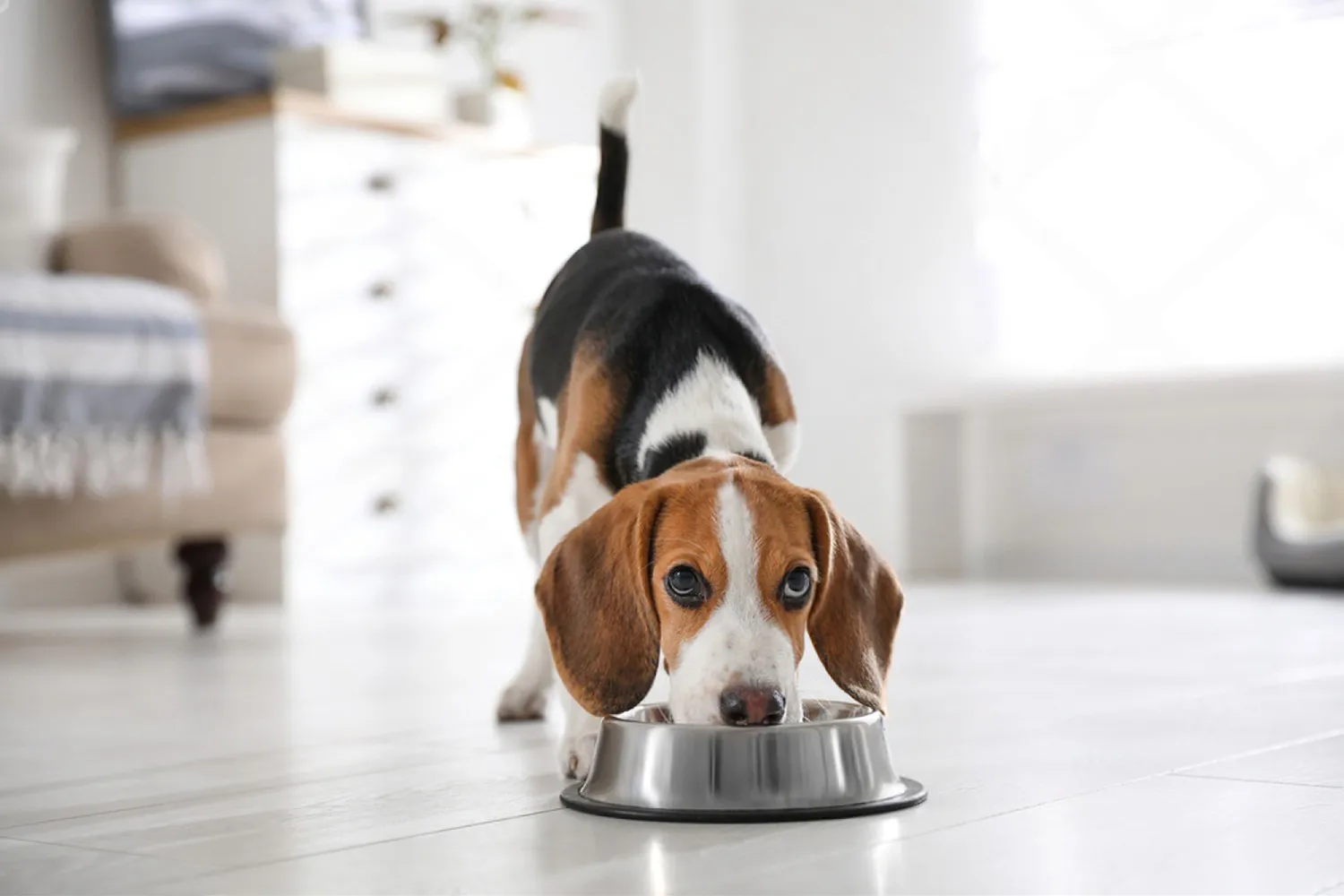
Do Beagles Bark a Lot?
Beagles are famously chatty little hounds, and they use their voices to say a lot more than just “Hey!” Mine would do a happy little yodel whenever I came home, tail wagging so hard his whole backside joined in. That joyful greeting bark is classic Beagle. You’ll also hear them get excited when they spot other animals at the park squirrels seem to bring out their inner opera singer and worried barks can show up if they’re feeling unsure or dealing with separation anxiety.
The key is to listen for the “why” behind the noise. Happy and excited barks usually come with wiggly bodies and bright eyes. Worried barking sounds more insistent, sometimes paired with pacing or looking toward the door. My friend’s Beagle would even “talk” at the window when delivery trucks rolled by part watchdog, part neighborhood commentator.
If the barking gets a bit much, try more sniffy walks and puzzle toys to tire out that busy nose. Teach a “quiet” cue by rewarding calm moments, and practice short, positive departures to ease separation stress. Beagles love to communicate; with a little patience and routine, you can channel that voice into something you both can live with.

What’s the average weight and height of a Beagle?
Beagles are lovely, medium sized buddies that typically average around 10 kg (about 22 lbs), with males usually weighing a touch more than females. In real life, most Beagles I’ve met land somewhere in the low 20s for pounds, with sturdier boys sometimes creeping a bit higher. Height wise, they generally stand about 13 to 15 inches tall at the shoulder (roughly 33 to 38 cm), which is just the right size for hopping into your lap and pretending they’re still tiny puppies.
One thing to watch: Beagles are famous for loving food as much as they love following their noses. As they get older, they tend to slow down, and those “just one more treat” moments can add up. I learned this with my friend’s Beagle, Daisy she packed on a few pounds one winter when the long walks shrank to quick loops. What helped was swapping one snack for a puzzle feeder, adding a nightly sniffy walk (letting her follow scents at her pace), and keeping a simple weekly weigh in routine.
A couple of easy tips: measure meals with a cup instead of eyeballing, keep treats small and count them toward the day’s calories, and aim for daily exercise two brisk walks plus a play session or some scent games. You should be able to feel your Beagle’s ribs without digging and see a slight waist from above. Keep that balance, and your Beagle will stay fit, happy, and ready for the next adventure.
https://en.wikipedia.org/wiki/Beagle/
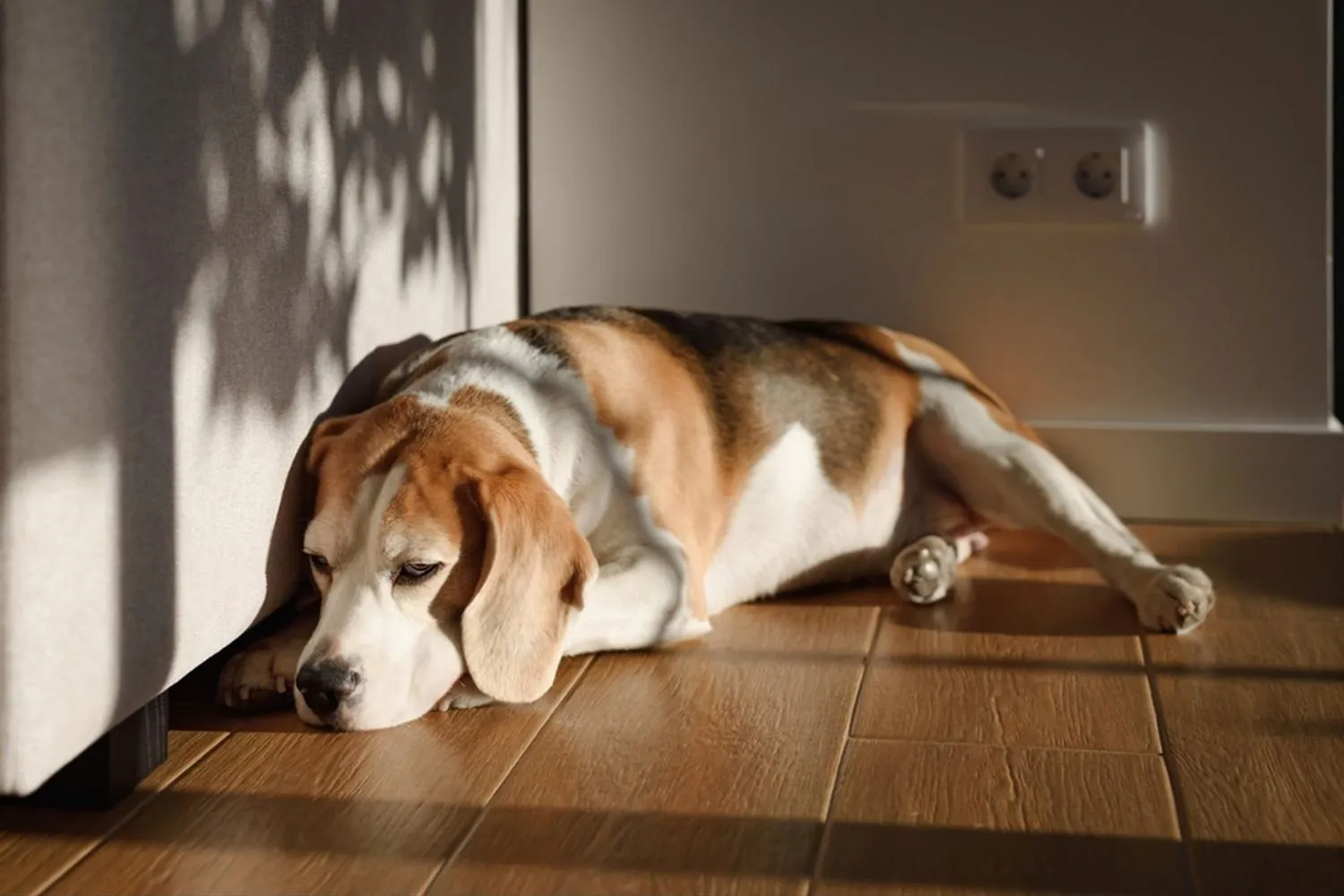
Are Beagles Easy to Train?
Beagles are clever little hounds with big opinions, and that independent streak can make training feel like you’re negotiating with a tiny, adorable lawyer. They were bred to follow their noses, which means distractions are everywhere squirrels, pizza crusts on the sidewalk, a mysterious scent drifting three gardens over. But don’t let that scare you off. With a plan, patience, and the right rewards, Beagles absolutely can learn great manners.
What helps most is starting young. Puppy training classes are gold for Beagles they get early practice focusing around other dogs and exciting smells, and you learn how to keep sessions short, positive, and fun. I remember my friend’s Beagle puppy, Daisy, who came into class like a tiny rocket on paws. The turning point was discovering her “currency”: warm chicken. Once we had the right treats, Daisy went from ignoring “sit” to offering it before we even asked.
Use their nose as an ally rather than a battle. Turn training into sniffy games: scatter a few treats in the grass as a reward for a good recall, hide kibble around a room, or play “find it” on walks. Beagles love a job, and nose work feels like winning the lottery to them. Keep sessions five minutes or less, end on a success, and be generous with praise. A long line is your best friend for recall practice safety first while you build up reliability.
Consistency is key. Beagles are experts at testing boundaries in the cutest way possible, so make sure everyone in the home uses the same cues and rules. Avoid harsh corrections; they shut down with pressure but blossom with positive reinforcement. If you stick with it especially starting in puppyhood you’ll have a Beagle who listens beautifully… unless there’s a rogue hot dog. That’s when you smile, take a breath, and pull out the really good treats.
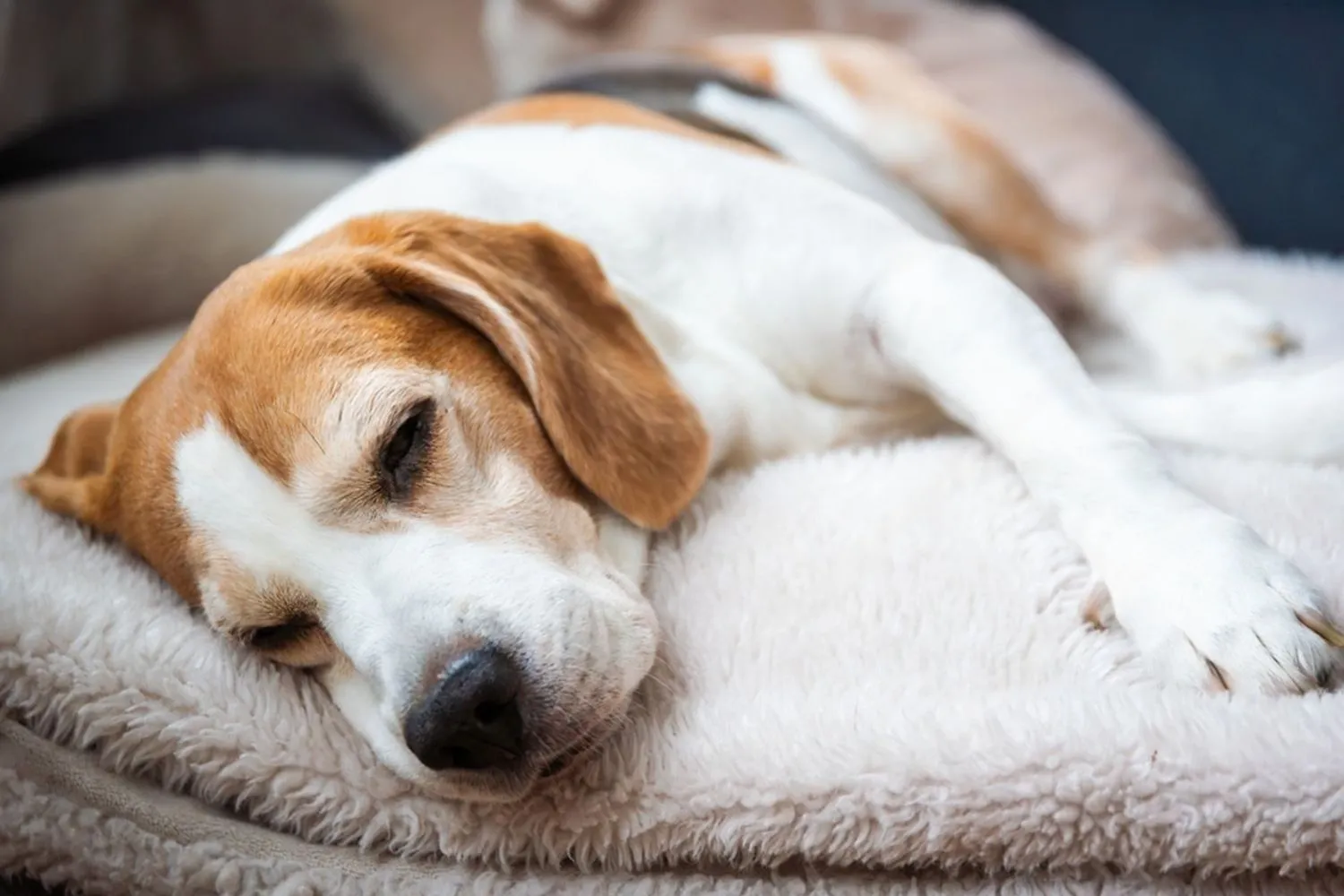
How Do Beagles Behave? A Look at Their Temperament and Personality
If you’ve ever walked a Beagle, you know the nose leads and the rest of the dog just follows. I once watched a friend’s Beagle, Penny, go from mellow to mission mode the moment she caught a whiff of a rabbit trail head down, tail up, and absolutely determined. That “follow the scent at all costs” focus is classic Beagle. It’s not stubbornness so much as a superpower they can’t ignore.
Because of that wonderful nose, management is your best friend. Leashes (or a long line), a secure yard, and rock-solid recall practice keep them safe. I like to use their sniffing as a reward: “Come,” treat, then “Go sniff!” You can also tire them out with scent games hide a few treats around the living room, or sprinkle kibble in the grass and let them forage. A Beagle with a job for their nose is a calmer housemate.
Now for the part that makes you fall in love: Beagles are social butterflies. They thrive on company and usually adore kids and visitors. The Beagles I’ve known are champion cuddlers who’ll wriggle under the blanket like tiny bed ninjas “First they steal your heart, then they steal your bed” is absolutely true. Teach polite greetings early (four paws on the floor earns attention), because that happy hop can be a bit much for little ones.
Training a Beagle is all about motivation and fun. They’re bright and food motivated, but also independent more “What’s in it for me?” than “Yes, sir!” Keep sessions short, upbeat, and reward rich. Expect some signature Beagle music, too; that cheerful bay when they catch a scent can surprise apartment neighbors. Give them companionship, chances to sniff, and a comfy spot by your side, and you’ll have a devoted, merry little hound who makes every walk an adventure.
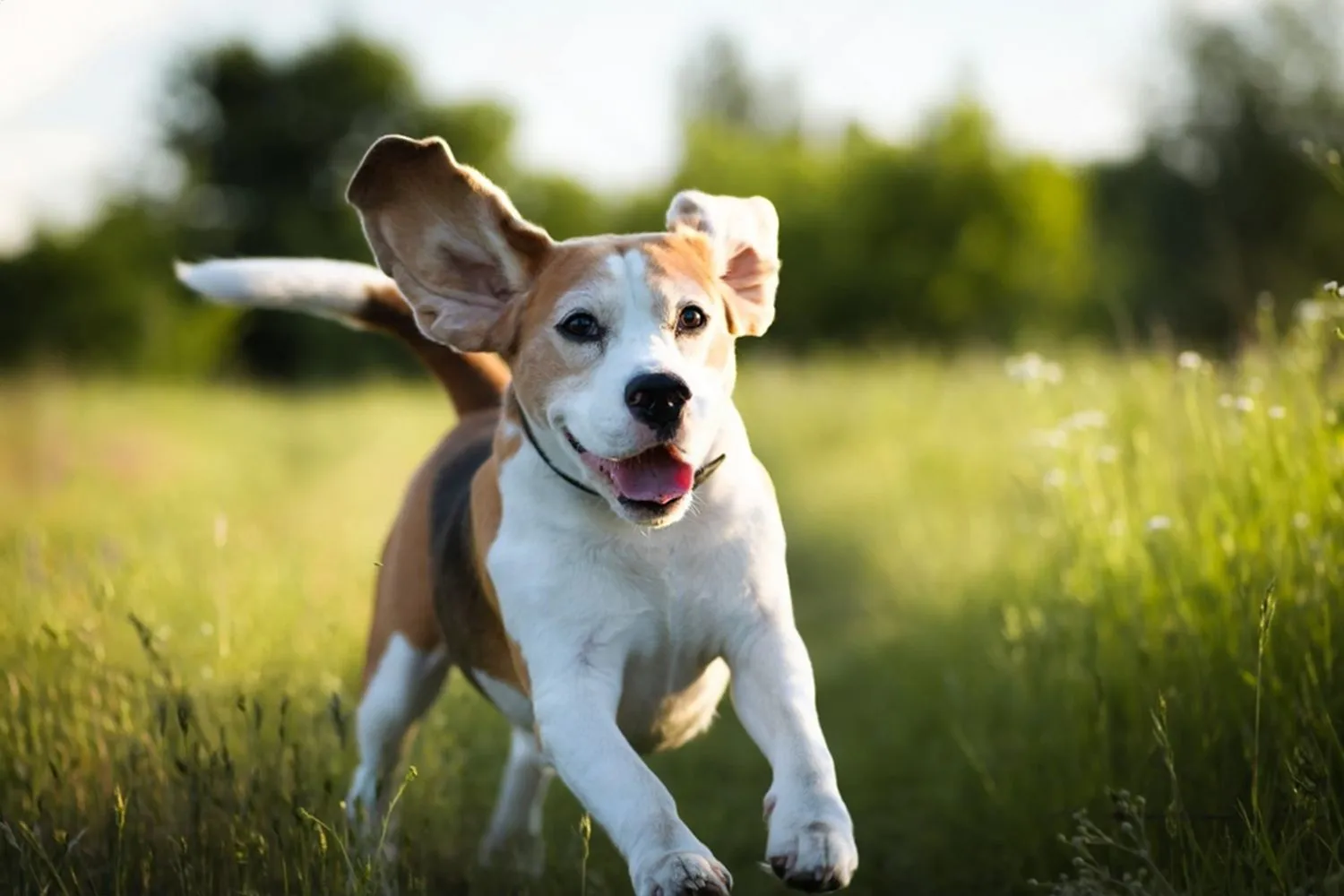
Do Beagles Have Common Health Issues?
Beagles are sturdy little hounds, but they do have a few breed quirks to watch. Start with those famously floppy ears. Because they hang low and limit airflow, moisture and wax can build up, which is prime real estate for ear infections. Plan a quick ear check at least every two weeks. I look for redness, a yeasty smell, head shaking, or dark gunk. A vet approved ear cleaner and a soft cotton pad work wonders never stick cotton swabs down into the ear canal. Dry ears after baths, rain, or swimming. I once skipped an after lake ear check with my friend’s Beagle and we paid for it with a grumpy pup and a vet visit. Now I set a reminder on my phone and it takes two minutes.
Hip dysplasia is another concern in Beagles. It’s an inherited condition where the hip joint doesn’t form properly, and over time it can lead to arthritis. Signs can be subtle: stiffness after naps, a “bunny hop” run, or hesitation with stairs or jumping. Keeping your Beagle lean is your secret weapon here extra pounds put extra pressure on those joints. Think steady, low impact exercise like brisk walks and controlled play, plus comfy rugs and maybe a ramp for the couch. Talk to your vet about screening and long-term management; early attention can keep a Beagle moving comfortably for years. I started using a ramp and noticed my guy was much less sore in the evenings.
Then there’s cherry eye, which looks like a small red lump in the inner corner of the eye. It can irritate the eye and lead to issues like conjunctivitis if ignored. Don’t try to “pop” it back in head to the vet promptly. Treatment may include medication or a simple surgical fix, and a cone can help prevent rubbing while things heal. The first time I saw it, I thought my Beagle had a bit of toy fuzz stuck there nope! A quick check up made all the difference.
Regular vet visits, a mindful grooming routine, and a watchful eye for these specific issues will keep your Beagle happy, comfortable, and ready for the next sniffing adventure.

What is the lifespan of a Beagle?
Most Beagles live around 13 years, and with good genes and thoughtful care, many happily make it to about 15. My childhood Beagle, Daisy, trotted along until 14, and I’m convinced her slim waistline and our steady routine of sniffy walks did a lot of the heavy lifting.
If you’re aiming for those golden senior years, think basics done well: keep your Beagle at a healthy weight (they’re world-class snack hunters), build in daily exercise with plenty of nose work, and schedule regular vet checkups to catch little issues before they turn big. Good dental care and a balanced diet go a long way too I used to set a timer for tooth brushing, otherwise I’d forget and she’d happily negotiate for extra treats. As they age, switch to joint friendly activities, add comfy beds or ramps, and keep their brain busy with simple puzzle games. A neighbor’s Beagle, Copper, made it to 15 thanks to short, frequent strolls and a strict “no table scraps” rule. With a bit of luck and a lot of love, your Beagle can enjoy a long, tail wagging life by your side.
How Much Does a Beagle Need to Be Fed?
Beagles are professional snack seekers. My old Beagle, Daisy, once figured out how to open the pantry and sampled a whole bag of kibble cue the guilty burps and a lesson I’ll never forget. Portion control isn’t just helpful with this breed; it’s essential. They’ll happily eat past “full,” so measured meals and a steady routine keep their bellies content and their waistlines in check.
As a starting point, a puppy Beagle should eat two cups of dry dog food per day, split into two meals (breakfast and dinner). An adult Beagle should eat one cup of dog food per day, also split into two meals. I like to use a proper measuring cup and a slow feeder bowl Beagles can inhale food like little vacuums, and slowing them down helps digestion. Keep in mind that different kibbles vary in calories, so watch your dog’s body condition and adjust slightly if your vet recommends it. You want to feel ribs under a light layer of padding and see a defined waist when viewed from above.
For adult dogs, treats should never make up more than 10% of the daily food allowance. I often set aside a handful of their kibble to use as training rewards, then add a few low calorie extras like green beans or carrot coins. Skip free feeding, store food in a latched container (trust me on that!), and stick to the two meal rhythm. With consistency and a measuring cup, your Beagle will stay happy, healthy, and ready for the next adventure snack included, within reason.
Beagle FAQs
Are Beagles suited for a family with other dogs?
Absolutely. Beagles are pack animals through and through, which is just a fancy way of saying they’re happiest with company. When they’ve been socialized early ideally around 7-14 weeks they tend to slide right into multi dog homes without much fuss. I remember introducing my Beagle pup to my friend’s big hearted Labrador; within minutes they were sharing a toy and plotting zoomies like they’d trained for it. Beagles are especially fond of Labradors, Golden Retrievers, and of course, other Beagles. If you’re bringing a new Beagle into a home with dogs, do slow introductions on neutral ground, swap blankets to share scents, and supervise the first few meals to avoid any “that’s my bowl” drama. It’s a little effort up front for a lot of harmony later.
Will a Beagle puppy require a lot of attention and training compared to other dog breeds?
Short answer: yes. Beagles are clever, curious, and easily bored so they do need more attention than many breeds. Compared to laid back favorites like the Pug or English Bulldog, Beagles require more daily exercise; plan for at least 60 minutes per day in a large park. I like to split that into two brisk sessions and include sniffing time, because their noses are their superpower. A “sniffari” around the park can wear out a Beagle better than a straight jog ever will.
Training wise, Beagles generally need more consistent, patient practice to polish their obedience than other hounds like the Basset Hound or Dachshund. They’re not stubborn so much as nose driven if there’s a scent trail, your sit command might be background noise at first. High value treats, short upbeat sessions, and games that use their scenting skills help a ton. Invest early in recall training with a long line, and you’ll thank yourself the first time a squirrel zips by. I learned to pair a whistle with roast chicken, and now my Beagle pivots mid chase like a tiny athlete. Puzzle feeders, hide and seek with kibble, and short training bursts throughout the day keep their minds happy and your shoes un chewed.
Does the Beagle dog breed make poor guard dogs?
They’re not built for guard duty. Beagles are famously friendly and tend to welcome new people with tail wags, not warnings even the ones who shouldn’t be there. But they can be excellent watchdogs. If something’s off like the sound of unfamiliar footsteps you’ll likely hear their signature alarm in an instant. Mine can spot a delivery driver from three houses away and will announce it to the neighborhood like he’s running security. Teach a “quiet” cue early so those alerts don’t turn into an all day chorus.
Where can I find Beagle puppies?
You’ve got two great routes: a reputable breeder or a local animal shelter.
A reputable breeder will:
– Never sell puppies younger than eight weeks.
– Let you meet the dam (mother) and, when possible, the sire (father).
– Provide documents for veterinary care, vaccinations, pedigree, and legal registration.
I also like to ask breeders about how they socialize their litters (new sounds, surfaces, gentle handling), what they’re feeding, and their return policy. Visiting the home gives you a feel for how the pups are raised clean spaces, calm adult dogs, and puppies that are curious but not fearful are all good signs.
If you plan to adopt from a shelter, here’s what to expect:
– Some shelters will send you home with an item that smells like the pup, or they might ask for an old T shirt from you to help the puppy get used to your scent before the big move.
– Make sure the puppy is microchipped, neutered, and vaccinated, with up-to-date flea and worm treatment. Shelters typically handle this and include it in a one time adoption fee of around $440.
– Plan a “decompression week” at home. Keep things calm, stick to a simple routine, and schedule a vet check. Bring a crate, a cozy blanket, and a safe chew toy for the ride trust me, it sets the tone.
Whether you go breeder or shelter, the right Beagle is worth the legwork. They’re joyful, social little detectives who’ll keep you laughing, keep you moving, and keep you humble when that nose takes over. And when they curl up next to you after a big day at the park, you’ll know you’ve found your match.
Disclaimer:
This article is for informational purposes only and doesn’t replace professional veterinary or training advice. Always consult a certified vet or dog trainer for guidance specific to your pup.
